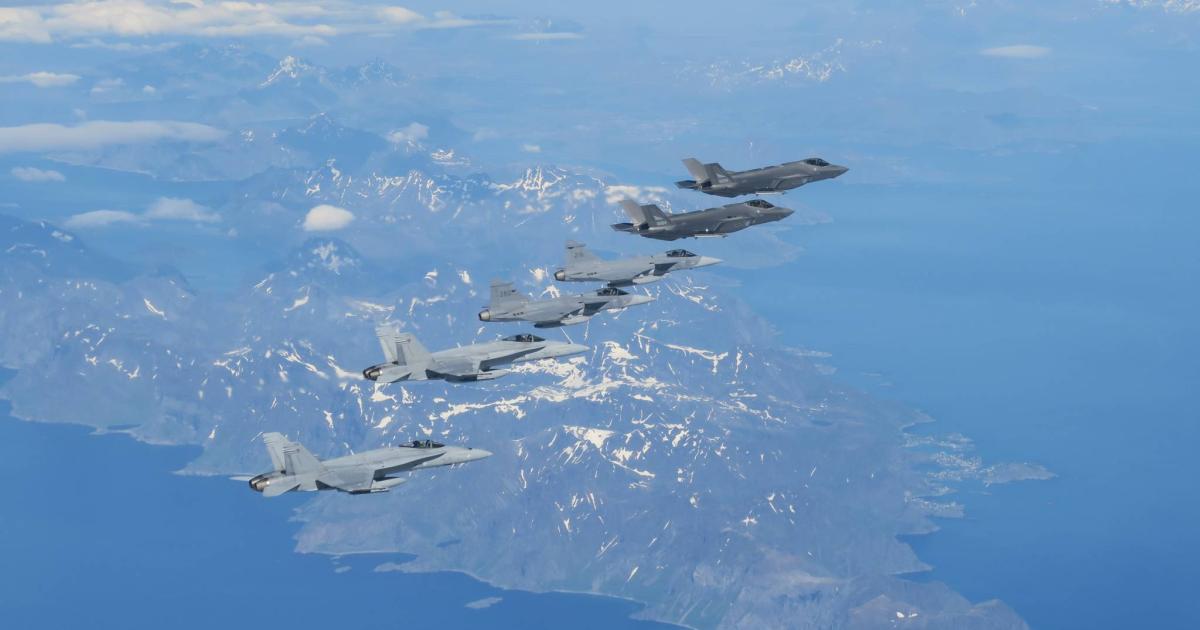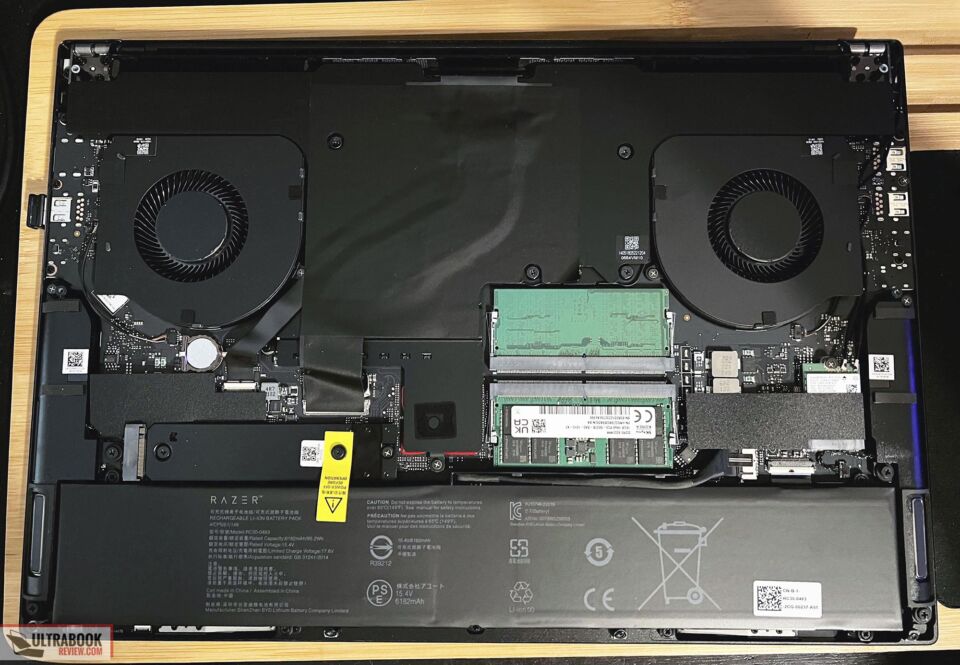Joint Nordic Defense: The Role Of Sweden And Finland's Military Assets

Table of Contents
Sweden's Military Contributions to Joint Nordic Defense
Sweden's robust military capabilities contribute significantly to the overall strength of Joint Nordic Defense. Its technologically advanced forces offer substantial benefits in various domains.
Swedish Air Force Capabilities
The Swedish Air Force, equipped with the advanced Gripen fighter jets, forms a cornerstone of Nordic air defense. These multirole combat aircraft provide a crucial deterrent and possess significant capabilities.
- Number of Gripen jets: Around 90 Gripen C/D and E fighters, providing substantial air superiority.
- Air-to-air refueling capabilities: Extending the operational range and endurance of the Gripen fleet.
- Sophisticated radar systems: Providing early warning and enhanced situational awareness.
- Extensive joint exercises: Regular participation in multinational exercises strengthens interoperability with other Nordic air forces, such as those of Denmark and Norway.
This interoperability with other Nordic nations' air defense systems is paramount for a unified and effective response to potential threats.
Swedish Navy's Role in Baltic Sea Security
The Swedish Navy plays a vital role in safeguarding the Baltic Sea, a crucial waterway for regional trade and security. Its capabilities encompass:
- Submarines: Advanced Gotland-class submarines provide significant anti-surface and anti-submarine warfare capabilities.
- Surface combatants: Visby-class corvettes offer stealth capabilities and advanced sensor technology.
- Mine countermeasures vessels: Protecting vital sea lanes from potential mine threats.
- Active participation in joint naval exercises: Regular drills enhance coordination and interoperability within the Nordic defense framework.
Securing the Baltic Sea is paramount for the overall effectiveness of Joint Nordic Defense, and Sweden's naval strength is crucial to this objective.
Swedish Army's Ground Forces and Joint Operations
The Swedish Army, with its highly trained mechanized infantry, advanced artillery, and capable special forces, contributes substantially to potential joint operations within the Nordic region.
- Modern equipment: Including armored vehicles and advanced artillery systems.
- High training standards: Ensuring a highly effective and adaptable fighting force.
- Experience in peacekeeping operations: Providing valuable experience in diverse operational environments.
- Potential contributions to rapid response forces: A key component for efficient reaction to regional crises.
The Swedish Army's dedication to training and modernization contributes significantly to regional stability and effective participation in joint training exercises, a core component of Joint Nordic Defense.
Finland's Military Contributions to Joint Nordic Defense
Finland's military, known for its resilience and adaptability, significantly boosts the overall strength of Joint Nordic Defense. Its contributions are particularly vital given its geographical location bordering Russia.
Finnish Air Force and its Integration
The Finnish Air Force, increasingly reliant on the advanced F-35 stealth fighter jets, is a key component of Nordic air defense.
- Number of F-35s: A growing fleet of F-35s will enhance air superiority and air-to-ground capabilities.
- Advanced air-to-ground capabilities: Providing precision strike capabilities for a wider range of targets.
- Robust air defense systems: Contributing significantly to regional airspace surveillance.
- Intensive joint exercises and training: Regular participation in joint exercises with neighboring nations strengthens interoperability.
Finnish air space surveillance is especially critical for the entire region's security.
Finnish Army's Ground Combat Capabilities
The Finnish Army is renowned for its highly trained reservists and its expertise in asymmetric warfare, making it a valuable asset in Joint Nordic Defense.
- Strengths in asymmetric warfare: Experience in operating in challenging and diverse terrains.
- Highly trained reserve forces: A substantial and well-trained reserve force can be quickly mobilized.
- Modernization efforts: Ongoing investments to maintain a modern and effective fighting force.
- Significant artillery capabilities: Providing effective fire support across diverse operational environments.
Finland’s preparedness for potential threats and their contributions to joint exercises reinforce Nordic defense.
Finnish Navy and Coastal Defense
The Finnish Navy plays a critical role in protecting Finland's extensive coastline and contributing to joint naval operations.
- Diverse range of vessels: Including missile boats, minelayers, and mine countermeasures vessels.
- Advanced mine warfare capabilities: Vital for protecting sea lanes and ports.
- Coastal surveillance systems: Ensuring constant monitoring of Finland's coastline.
- Participation in joint exercises: Strengthening interoperability and coordination with neighboring naval forces.
The Finnish Navy's role in safeguarding crucial sea lanes is vital to the security of the entire region.
Challenges and Opportunities for Joint Nordic Defense
While the collaboration between Sweden and Finland significantly strengthens Joint Nordic Defense, several challenges and opportunities remain.
Interoperability and Standardization
Integrating different military systems and standards across various Nordic nations presents a significant challenge.
- Communication systems: Achieving seamless communication between different forces requires standardization and interoperability.
- Logistical coordination: Efficient logistical support necessitates streamlined processes and shared resources.
- Training compatibility: Joint training requires harmonized training standards and procedures.
- Common procurement strategies: Joint procurement can lead to cost savings and enhanced interoperability.
Political and Strategic Alignment
Political factors and national interests significantly influence joint defense cooperation.
- NATO membership: The varying stances on NATO membership impact strategic alignment.
- National interests: Balancing national interests with the overall goals of Joint Nordic Defense.
- Resource allocation: Efficient allocation of resources to enhance joint capabilities.
- Joint decision-making processes: Establishing clear and efficient processes for joint decision-making.
Future Development and Investments
Continued investment in modernizing military assets and enhancing joint capabilities is crucial.
- Joint procurement: Collaborative procurement can maximize efficiency and effectiveness.
- Technology sharing: Sharing technological advancements can lead to superior capabilities.
- Training initiatives: Investing in joint training initiatives for improved interoperability.
- Investments in cyber security and defense: Protecting critical infrastructure from cyber threats.
Strengthening Joint Nordic Defense
Sweden and Finland's military assets, including their advanced air forces, robust navies, and highly trained armies, are vital components of Joint Nordic Defense. Their contributions bolster regional stability and provide a strong deterrent. However, overcoming challenges related to interoperability, political alignment, and sustained investment in modernizing capabilities is crucial for the continued success of Joint Nordic Defense. To understand the evolving landscape of Nordic security, delve deeper into the specifics of Joint Nordic Defense and the crucial roles played by Sweden and Finland's military assets.

Featured Posts
-
 End Of Ryujinx Emulator Development Ceases After Nintendo Contact
Apr 22, 2025
End Of Ryujinx Emulator Development Ceases After Nintendo Contact
Apr 22, 2025 -
 Exclusive Trump Administration Threatens Harvard With 1 Billion Funding Loss
Apr 22, 2025
Exclusive Trump Administration Threatens Harvard With 1 Billion Funding Loss
Apr 22, 2025 -
 Analyzing The Economic Fallout Of Trumps Policies
Apr 22, 2025
Analyzing The Economic Fallout Of Trumps Policies
Apr 22, 2025 -
 Land Your Dream Private Credit Job 5 Dos And Don Ts To Follow
Apr 22, 2025
Land Your Dream Private Credit Job 5 Dos And Don Ts To Follow
Apr 22, 2025 -
 Razer Blade 16 2025 High End Performance In A Slim Chassis A Review
Apr 22, 2025
Razer Blade 16 2025 High End Performance In A Slim Chassis A Review
Apr 22, 2025
